Introduction

Cooking rice porridge, also known as congee or jook, in an electric rice cooker is a simple yet effective way to enjoy a warm and nutritious meal. Whether you’re looking for a comforting breakfast, a light lunch, or a soothing dinner, an electric rice cooker can make the process effortless and consistent. This versatile kitchen appliance not only handles the basic task of cooking rice but also excels at preparing porridge, thanks to its ability to maintain a consistent temperature and cook evenly. In this guide, we’ll explore the step-by-step process of making rice porridge in an electric rice cooker, along with tips for customization and troubleshooting common issues.
Understanding Your Electric Rice Cooker
Before diving into the recipe, it’s essential to familiarize yourself with the basic functions of your electric rice cooker. Most models come with a few key features:
- Inner Pot: This is where the rice and water (or other ingredients) are placed. It’s typically made of non-stick material for easy cleaning.
- Heating Element: Located at the bottom, this component heats up to cook the food.
- Control Panel: Modern rice cookers often have digital control panels with settings for different types of rice, as well as a ‘porridge’ or ‘soup’ mode. Older models may have a simple ‘cook’ and ‘warm’ switch.
- Steam Vent: Allows steam to escape during cooking, preventing pressure buildup.
- Keep Warm Function: Automatically switches to a lower heat setting to keep the food warm after cooking is done.
Choosing the Right Rice
The type of rice you use will significantly impact the texture and flavor of your porridge. Here are a few options:
- Short-grain Rice: Commonly used for Japanese and Korean porridges, it produces a creamy, sticky texture.
- Long-grain Rice: Suitable for lighter, less sticky porridges, often preferred in Chinese cuisine.
- Brown Rice: Healthier than white rice, it takes longer to cook and has a nutty flavor.
- Glutinous Rice: Creates an exceptionally sticky and smooth porridge, perfect for desserts.
Ingredients and Preparation
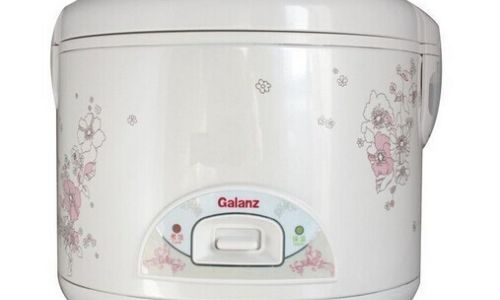
Now, let’s dive into the recipe. Here’s what you’ll need:
- Rice: 1 cup (short-grain, long-grain, brown, or glutinous, based on your preference)
- Water: 6-8 cups (adjust based on desired consistency)
- Optional Ingredients: Salt, a pinch (optional, to taste); ginger slices, a few (for flavor); other add-ins like dried fruits, nuts, or vegetables (as desired)
Step-by-Step Guide
-
Rinse the Rice: Place the rice in a bowl and rinse it under cold running water until the water runs clear. This removes excess starch and impurities. Drain well.
-
Measure and Add Water: Transfer the rinsed rice to the inner pot of your electric rice cooker. Add water, aiming for a ratio of 6-8 cups of water per 1 cup of rice. The exact amount will depend on how thick or thin you like your porridge. For a creamier texture, use less water; for a thinner porridge, use more.
-
Add Optional Ingredients: If you’re adding salt, ginger, or other flavorings, do so now. Stir gently to combine.
-
Close and Lock the Lid: Secure the lid of your rice cooker and ensure it’s properly latched. This prevents steam from escaping prematurely.
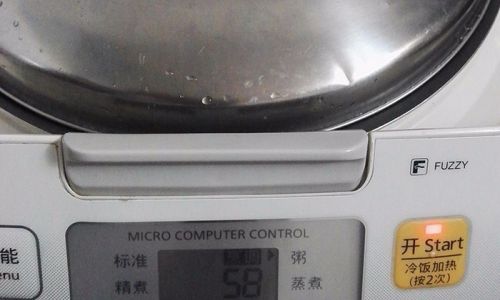
-
Select the Porridge Setting: If your rice cooker has a specific ‘porridge’ or ‘soup’ setting, select it. If not, use the ‘cook’ setting. Some models allow you to adjust the cooking time; for porridge, you may need to increase the time slightly, especially if using brown rice.
-
Start Cooking: Press the ‘start’ button, and your rice cooker will begin heating up and cooking the porridge. Depending on the type of rice and the quantity, this can take anywhere from 30 minutes to 2 hours.
-
Check and Stir (If Necessary): Most electric rice cookers do not require stirring during cooking. However, if you notice the porridge is sticking to the bottom or becoming too thick, you can carefully open the lid (using a pot holder to avoid steam burns) and stir gently. Be cautious, as opening the lid too often can release steam and affect cooking time.
-
Keep Warm (Optional): Once cooking is complete, your rice cooker will likely switch to a ‘keep warm’ setting. This maintains the porridge at a warm temperature until you’re ready to serve. If you prefer, you can turn off the rice cooker and let the porridge sit covered for a few minutes to continue absorbing flavors.
Customization and Add-Ins
Rice porridge is incredibly versatile and can be customized to suit your taste preferences and dietary needs:

- Savory Versions: Add shredded chicken, pork, or shrimp for a protein-packed meal. Incorporate vegetables like carrots, peas, or spinach for added nutrition. Season with soy sauce, sesame oil, or green onions.
- Sweet Versions: For a dessert-like porridge, add dried fruits like raisins, cranberries, or apricots. Sweeten with honey, maple syrup, or brown sugar. Sprinkle with cinnamon, nutmeg, or a handful of chopped nuts.
- Dietary Adjustments: Use coconut milk or almond milk for a dairy-free option. Substitute quinoa or oats for a gluten-free porridge.
Troubleshooting Common Issues
- Porridge is Too Thick: If your porridge is thicker than desired, simply add more water or broth and stir. You can also let it sit with the lid off for a few minutes to allow more liquid to be absorbed.
- Porridge is Too Thin: If it’s too thin, you can cook it uncovered for a few minutes to evaporate some of the liquid. Alternatively, add a bit more rice and cook until the desired consistency is achieved.
- Sticky Bottom: If the porridge sticks to the bottom of the pot, ensure you’ve used enough liquid and avoid stirring excessively during cooking. Non-stick inner pots and regular cleaning can also help prevent this.
- Burnt Taste: This can happen if the porridge is cooked for too long or on too high a heat. Use the appropriate setting for your rice type and avoid opening the lid frequently.
Conclusion
Cooking rice porridge in an electric rice cooker is a convenient and reliable way to enjoy a hearty, nutritious meal. With minimal effort and a few simple ingredients, you can create a customizable dish that suits your taste and dietary needs. Whether you’re making a basic porridge or experimenting with exotic flavors, your electric rice cooker will ensure consistent results and delicious outcomes. So, next time you’re in the mood for a comforting bowl of porridge, let your electric rice cooker do the hard work for you. Happy cooking!
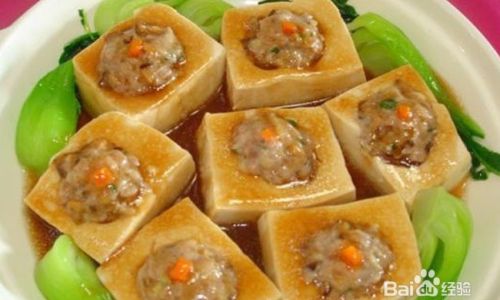
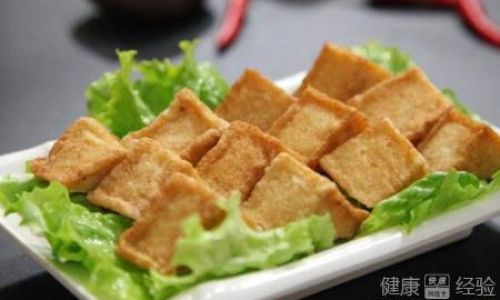
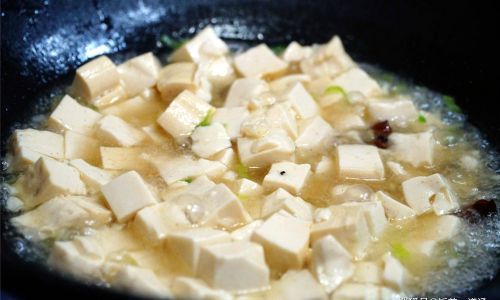


0 comments